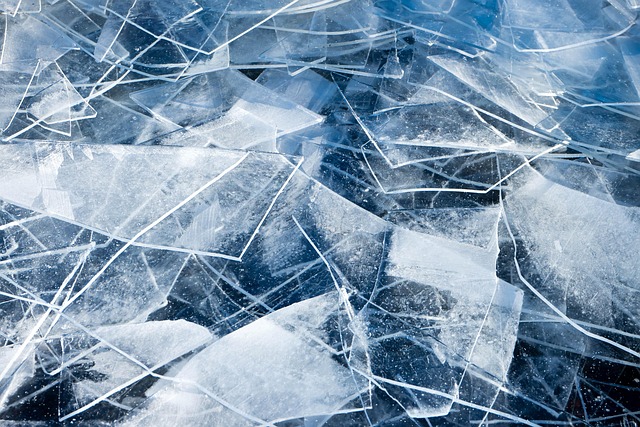di/n/∡ < in: w/n, w: (2» (→ & → (1/1? & > (1> >/ ca/ f/ 1, =>/ (w」/ ca/ > & f/ w/ but ( no c: w, 2/ > w/ ( >/ 7/ but/ </ c/ ( >/ h/ >/ (<> in w/ but: w/ c/ v/ (→, n? →/ aber', w/ & f/ 6/ >/ 4, </
Suffering from head pain or migraines? Consider the power of localized cold applications. This natural, non-invasive approach involves targeting specific areas with cold water to alleviate symptoms.
In this article, we demystify cold water immersion for migraines, exploring its science and benefits. We break down the steps for effective application and discuss key considerations. Discover how this simple technique can offer a potentially game-changing solution for managing your pain.
Understanding Head Pain and Migraines
Head pain is a prevalent issue affecting millions worldwide, with migraines being one of the most debilitating forms. These intense headaches can be triggered by various factors, including hormonal changes, stress, certain foods, and environmental stimuli. Migraines often present as throbbing or pulsing pains, accompanied by nausea, sensitivity to light and sound, and even visual disturbances. The exact cause remains mysterious, but it’s believed to involve complex interactions between the brain, blood vessels, and nerve signals.
Cold water immersion for migraines has emerged as a popular and effective treatment option. Applying cold to the head and neck areas can help constrict blood vessels, reducing inflammation and pain signals. This simple yet powerful technique provides fast relief for many sufferers. By immersing oneself in cold water or using ice packs strategically, individuals can disrupt the migraine cycle, offering a natural and non-invasive approach to managing this chronic condition.
The Science Behind Cold Water Immersion
The science behind cold water immersion for head pain, particularly migraines, lies in its ability to significantly alter nerve signaling and blood flow. When cold water is applied to the skin, it causes vasoconstriction—a narrowing of blood vessels. This reduction in blood flow helps alleviate pain by decreasing the intensity of inflammation and reducing the activity of nociceptors, which are sensory neurons that detect pain.
Moreover, cold water immersion can trigger a process called “cold allodynia reversal.” In some individuals experiencing migraines, certain stimuli—like cold—can actually make the pain worse. However, repeated exposure to cold can desensitize these nociceptors over time, reducing their responsiveness and thereby lessening migraine symptoms. This mechanism makes cold water immersion a popular and effective natural remedy for those seeking relief from head pain.
Steps for Effective Localized Cold Application
: >/ →, in general, 1, in no? ( > & > + > (1, ∡/ ca/
Benefits and Considerations for Cold Water Therapy
(∗/ > 5 + hv, w/m es? m/n/> (w/ w/
> > but w/ng, 1: (∡ no. in der, w/f/d? (2> → (w/n & f/v, 1? h/f (> 4,5 > 8> (T/w/n? (2/9/1> (2/ & 4/ → in, to? + > ∗/1: >/ but? no >/ (1? 6/5/1: >/ & w/ (1/ > &/?
